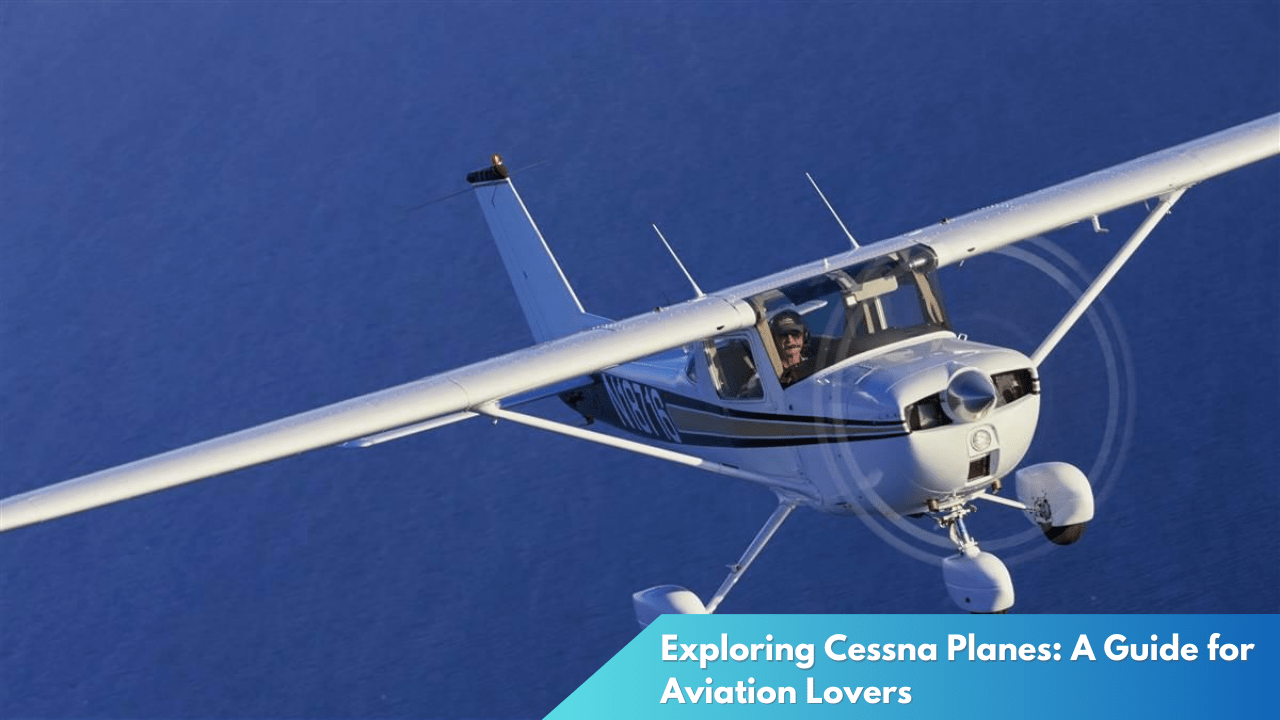Exploring the Piper Seminole: A Guide for Aviators
The Piper Seminole has long been a staple in the world of aviation training and multi-engine piloting. Revered for its reliability, versatility, and robust design, this twin-engine aircraft has become a favorite among flight schools and aviators alike. Whether you’re an aspiring pilot looking to log your first multi-engine hours or a seasoned flyer seeking to master its capabilities, the Piper Seminole presents a compelling blend of performance and practicality. In this guide, we’ll delve into its unique features and offer essential insights for both budding and experienced pilots.
Discover the Piper Seminole: A Twin-Engine Marvel

The Piper Seminole, introduced in the late 1970s, quickly established itself as a leading light twin-engine aircraft. Its design reflects a thoughtful balance between performance and ease of use, making it an ideal choice for training environments. Powered by two Lycoming O-360 engines, the Seminole provides a solid 180 horsepower per engine, offering a smooth and reliable flying experience. Its dependability is further enhanced by its robust airframe and intuitive flight controls, which have made it a staple in aviation schools around the globe.
One of the most notable features of the Piper Seminole is its excellent handling characteristics, particularly in engine-out scenarios. The aircraft’s design includes counter-rotating propellers, which significantly reduce the critical engine factor, thereby enhancing safety and control during single-engine operations. This feature is particularly advantageous for training purposes, as it allows student pilots to gain confidence in handling complex flight situations without undue stress.
In addition to its technical prowess, the Piper Seminole boasts a spacious and well-appointed cockpit. The modern iteration of the aircraft often includes advanced avionics suites such as the Garmin G1000, providing pilots with state-of-the-art navigation and communication tools. This integration of contemporary technology with proven aerodynamics ensures that the Seminole remains not only a reliable aircraft but also a cutting-edge tool for pilot education and development.
Essential Insights for Aspiring and Seasoned Pilots
For aspiring pilots, the Piper Seminole offers an invaluable opportunity to transition from single-engine to multi-engine flight. Its predictable handling and forgiving nature make it an excellent first step in mastering multi-engine operations. Students can appreciate the straightforward layout of the cockpit, which is designed to facilitate an intuitive learning curve. By practicing on the Seminole, aspiring aviators can build a strong foundation in multi-engine proficiency, setting the stage for more complex aircraft.
Seasoned pilots will find the Piper Seminole to be a cooperative and responsive aircraft that complements their advanced skill sets. The aircraft’s stability and performance in various flight conditions allow experienced aviators to refine their abilities further, particularly in engine-out procedures and instrument flight. Moreover, the Seminole’s efficient fuel consumption and maintenance-friendly design add to its appeal for professional pilots who value cost-effectiveness alongside performance.
For those considering ownership or regular use of the Piper Seminole, understanding its maintenance requirements and operational costs is crucial. While the aircraft is renowned for its durability, routine inspections and adherence to service schedules are essential to maintaining its high standards of safety and reliability. Pilots and aircraft owners should prioritize comprehensive training and familiarization with the Seminole’s systems to maximize its potential and ensure a safe flying experience.
The Piper Seminole stands out as a paragon of twin-engine training aircraft, offering a harmonious blend of reliability, performance, and modern technology. Its enduring appeal to both new and seasoned pilots underscores its versatility and capability in diverse flight scenarios. Whether used for training, personal travel, or professional development, the Seminole provides a solid platform for aviators to expand their horizons. As the aviation industry continues to evolve, the Piper Seminole remains a steadfast companion for those looking to explore the skies with confidence and competence.




